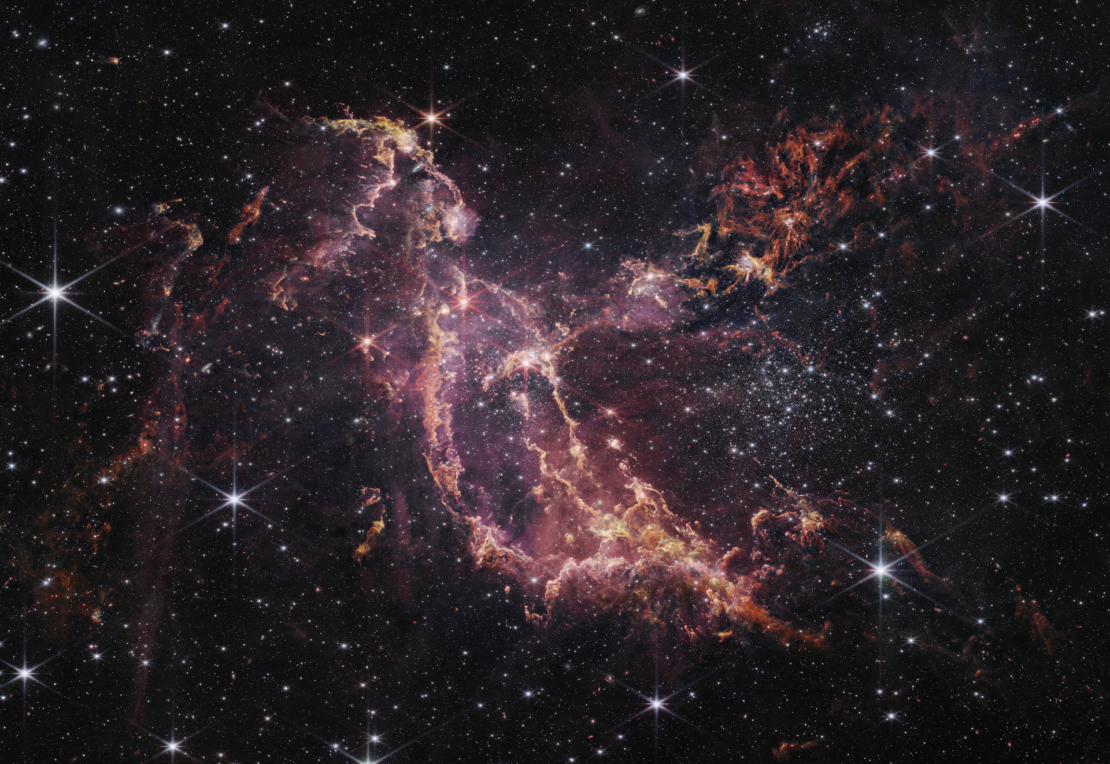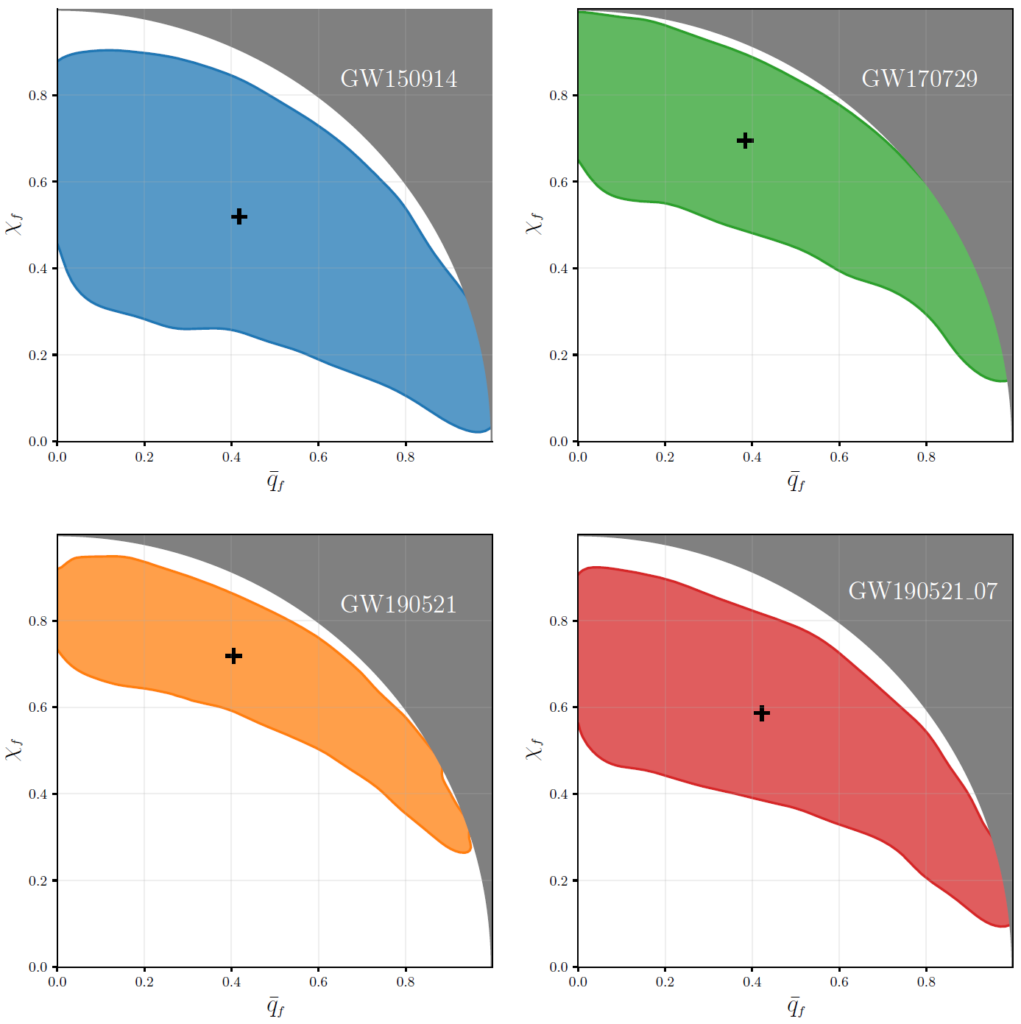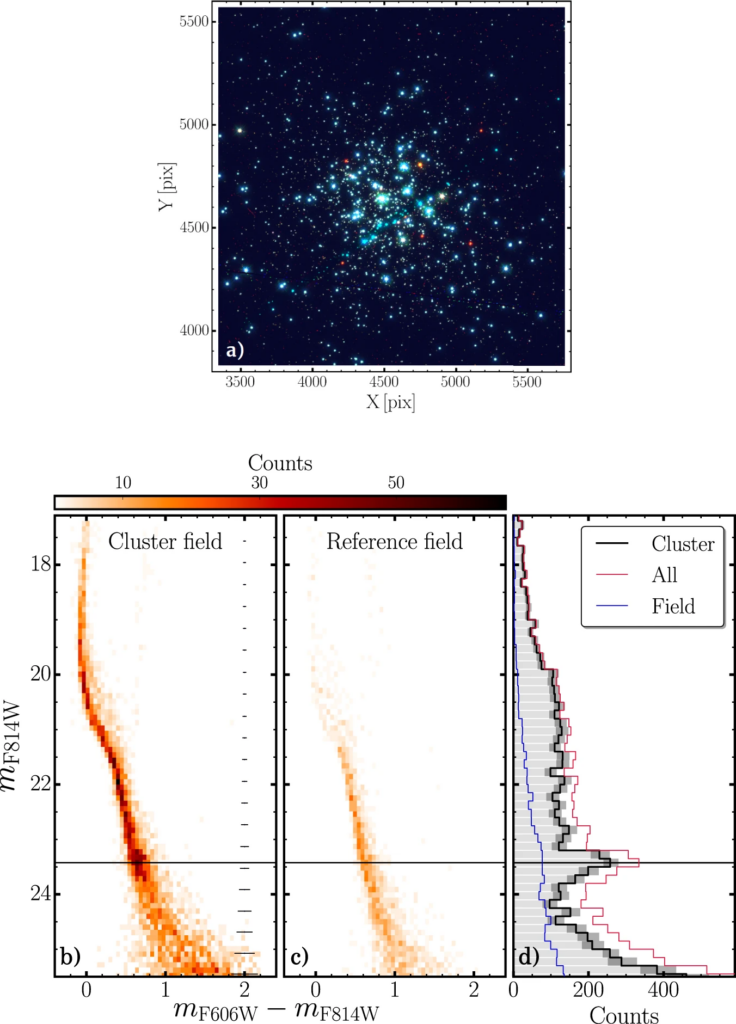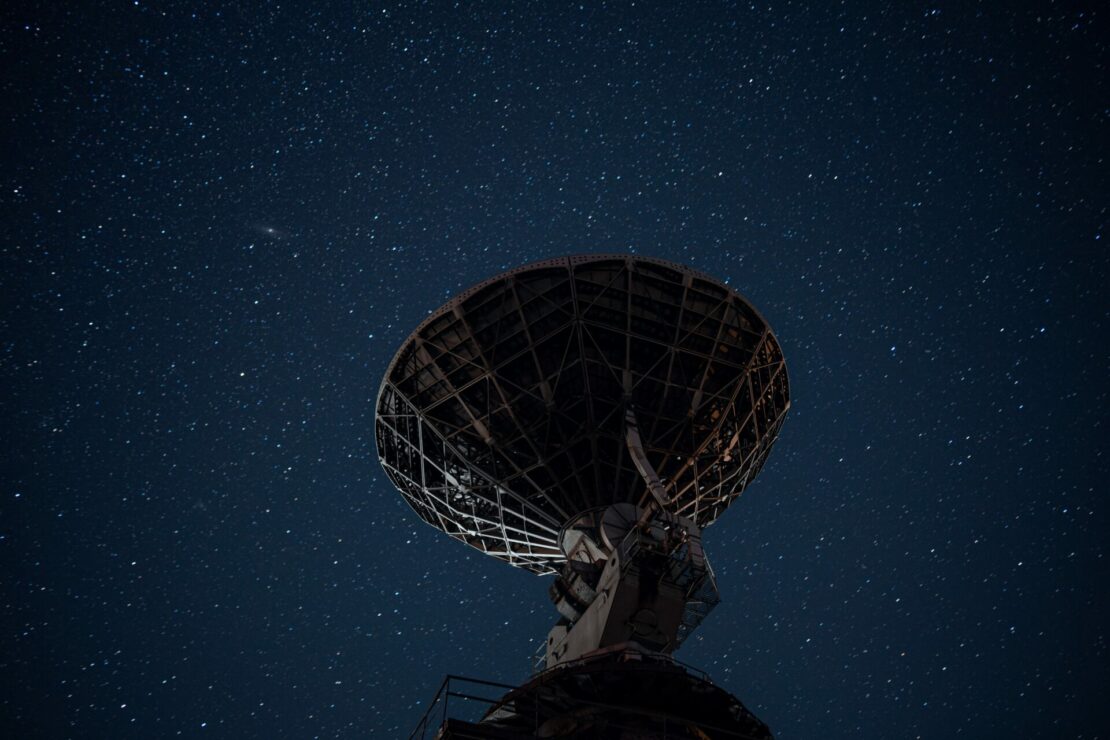
Astronomy is remote sensing: the Universe has set up the experiment and we get to watch it unfold across time.
Astrophysics is, consequently, multi-disciplinary, employing results from atomic, molecular and nuclear physics, plasma physics and magnetohydrodynamics, hydrodynamics, gravitational theory, statistical mechanics, condensed matter, complex systems, radiative transfer, and astroparticle physics.
Since the cosmos are manifest through a vast array of tracers, observational studies require imaging and spectroscopy from luminous sources using space and ground-based telescopes to study structure, variability, and energetics from GeV and TeV gamma-rays, X-rays, ultraviolet, optical, infrared, millimeter, and longer wavelength radio, and for everything else gravitational wave interferometers, cosmic ray detectors, neutrino detectors and in-situ satellite measurements of the heliosphere and local interstellar medium.
Our main research topics now and for the years ahead: Planetary atmospheric physics; formation and evolution of planetary systems; interstellar medium and star formation; stellar structure and evolution; nucleosynthesis and galactic chemical evolution; radiation hydrodynamics; spectroscopy, spectro-interferometry, and spectropolarimetry; statistical methods in astrophysics; black holes, neutron stars and gravitation theory; Galactic and extragalactic evolution; active galactic nuclei; history of physical science.

In a bit more detail, from the nearest to the furthest:
- physical properties of asteroid dynamical families related to the evolution of minor bodies and residual debris in the Solar system and circumstellar environments;
- star and planet formation from molecular cloud turbulence and gravitational instabilities to fragmentation and filamentation to planet and star formation in complex environments; evolution and dissipation of protoplanetary disks from multiwavelength observations at high spectral and angular resolution;
- theoretical models of structure and evolution of low and intermediate mass stars (from the formation to the final stage), synthetic studies of stellar populations in clusters and in galactic fields and precise stellar age determination for galactic archaeology. Helio- and asteroseismology probes of stellar interiors to infer solar and stellar properties;
- nuclear reactions of astrophysical interest; stellar and cosmological nucleosynthesis;
- theoretical and multi-wavelength observational studies of evolution of binary and multiple star systems: mass exchanges, accretion disk structure, and wind and jet outflows;
- spectrum formation applied to stellar winds and massive stellar evolution, especially late stages just before massive stellar core collapse;
- panchromatic spectroscopic and multi-dimensional simulation of explosive nucleo-hydrodynamic processes and mass ejection in binary systems (symbiotic stars, classical novae, high mass X-ray binaries); collapsed objects in binary systems; stellar mergers;
- physics of gravitational waves, neutron stars and black holes, in particular, studies on the fundamental properties of space-time and nuclear matter and their observational consequences, with a focus on black hole ringdown and compact binary coalescences observed by LIGO, Virgo and Kagra;
- star formation history and chemical enrichment in galaxies and their evolution from the first formed stars to the present, extending stellar population studies over the longest span of time and space; connections with star formation and the origin of stellar populations;
- variability and structure of active galactic nuclei and dynamics of dense stellar environments;
- very high energy gamma ray sources, using X-ray and gamma-ray space based detectors and ground based Cherenkov telescopes, in collaboration with the physics of fundamental interactions area;
- cosmography with standard sirens and standard candles.

Nature Communications 13, 4325 (2022).
We are active members in a number of international collaborations: ground-based (STEP@VST, SSH@LBT, Gaia-ESO, 4MOST, Virgo-LIGO, Einstein Telescope, MAGIC) and space-based (GULP@HST, LEGUS@HST, JWST-FEAST, HTTP@HST, Plato, ESA/LUVIOR/Pollux, Fermi/LAT, LISA)
Our graduates are all over the world: France (Marseille, Paris, Nice, Toulouse), Germany (Heidelberg, Wuerzburg, Tuebingen, Hamburg, Bonn, Jena), Taiwan, Netherlands (Amsterdam, Utrecht), Sweden (Gotheborg, Stockholm), UK (Birmingham, Oxford), USA (Baltimore), Denmark (Copenaghen), and there are many opportunities to spend research periods with our international collaborators during the ‘Tesi Magistrale’.
Additional information can be found at the web pages:
Astrophysics – Pisa Theory Group

